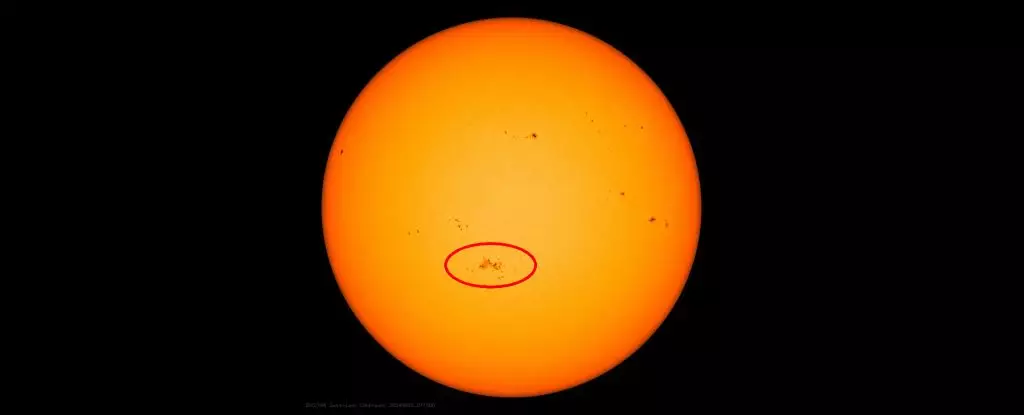The sunspot region AR 3697 has made a grand comeback after rotating away from view onto the far side of the Sun in the middle of May. This region, previously known as AR 3664, has been causing quite the commotion with its unpredictable behavior. Just when we thought it had quieted down, it decided to re-emerge with a bang. On 27 May, AR 3697 unleashed another powerful X-class flare, this time measuring at X 2.8. Since then, it has continued to be active, spitting out a total of five X-class flares along with numerous weaker flares.
Potential Impact
While we may not see the same level of solar storms as we did in early May, the potential for more powerful flares remains high. Although there have been no reports of coronal mass ejections (CME) accompanying the recent flares, AR 3697 is not showing any signs of slowing down. With weaker flares being emitted daily, there is a 30 percent chance of more X-class flares according to Spaceweatherlive. The positioning of the sunspot region at the center of the Sun’s disk also increases the likelihood of any eruptions being directed towards Earth, potentially leading to increased solar activity.
Future Outlook
As we approach or enter the peak of the Sun’s 11-year activity cycle, the possibility of more intense solar phenomena remains a looming possibility. Even if AR 3697 has already shown us its most powerful eruptions, there is always the chance of another sunspot region developing and providing us with a spectacular display of auroras in the coming months. The unpredictable nature of solar flares and their impact on Earth serves as a reminder of the vastness and complexity of our solar system.
The return of sunspot region AR 3697 has reignited interest in solar activity and the potential for awe-inspiring displays of auroras. The continuous flaring and eruptions from this region serve as a reminder of the dynamic and ever-changing nature of our closest star, the Sun. As we continue to study and monitor these phenomena, we gain a deeper understanding of the interconnectedness between the Sun and our planet, Earth.



Leave a Reply